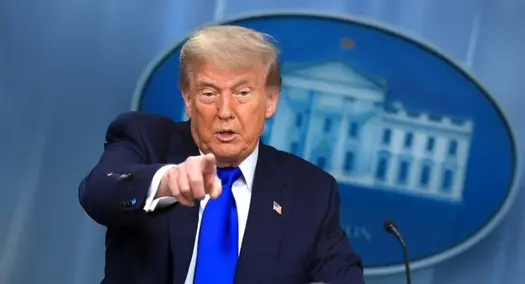T4K3.news
Trump backs 10 percent Intel stake plan
The administration signals a plan to buy a 10% non voting stake in Intel as part of CHIPS Act funding, with Bernie Sanders expressing support.
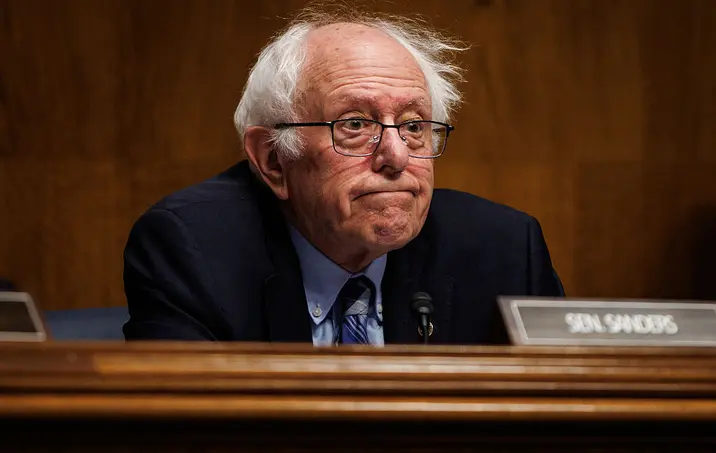
The administration signals a plan to acquire a non voting stake in Intel as part of CHIPS Act funding, drawing cross party attention.
Trump backs 10 percent Intel stake plan
The administration confirmed a plan to acquire a 10 percent stake in Intel as part of CHIPS Act funding. Commerce Secretary Howard Lutnick said the government would disburse CHIPS grants only after securing non voting shares, a move designed to let taxpayers benefit from any profits without giving the government voting rights. Leavitt described the idea as a creative approach to protect national and economic security.
Key Takeaways
"If microchip companies make a profit from the generous grants they receive from the federal government, the taxpayers of America have a right to a reasonable return on that investment,"
Sanders on taxpayer profits from CHIPS grants
"creative idea that has never been done before"
Leavitt on the plan’s novelty and purpose
"any potential arrangement wouldn’t provide the government with voting or governance rights in Intel"
Lutnick on governance rights
The move tests a new twist in CHIPS Act policy, blending government subsidies with equity participation. It could offer taxpayers upside if chipmakers thrive, but it also blurs the line between aid and investment and invites scrutiny over governance and disclosure. Cross party support from Sanders suggests a broader appetite for industrial policy linked to market outcomes. If this approach expands, it could set a precedent that future administrations use equity thresholds to steer public funds, with lasting implications for transparency and investor confidence.
Highlights
- Taxpayers deserve a return on their investment
- A creative idea that has never been done before
- Non voting stakes change the risk profile without control
- Public money in private firms invites new questions about accountability
Budget and political risk loom over equity plan
The proposal ties public grants to private equity, raising questions about accountability, governance, and potential backlash among taxpayers and lawmakers.
Policy choices like this will shape how government supports tech innovation in the years ahead.
Enjoyed this? Let your friends know!
Related News
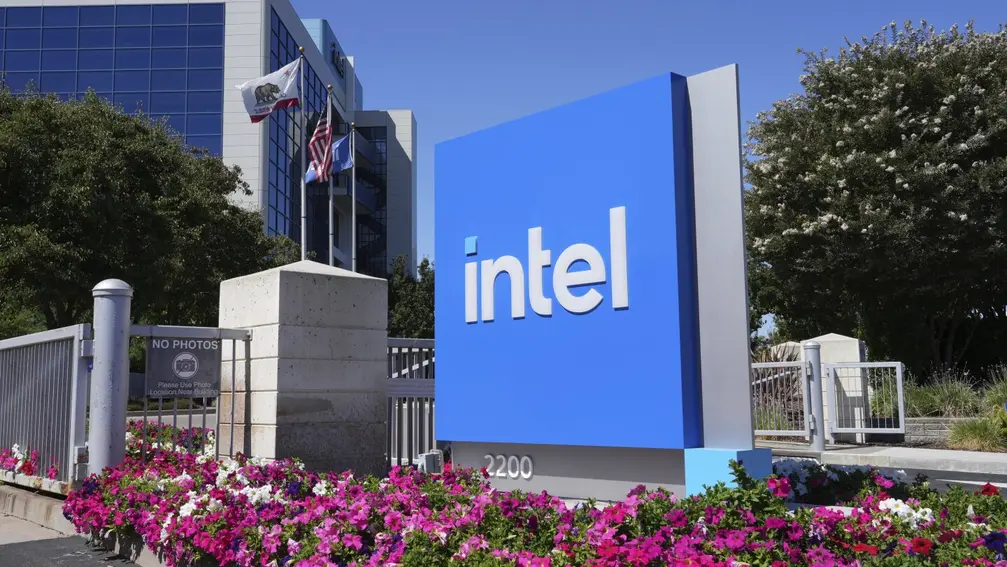
Government stake in Intel

Trump administration seeks 10% Intel stake
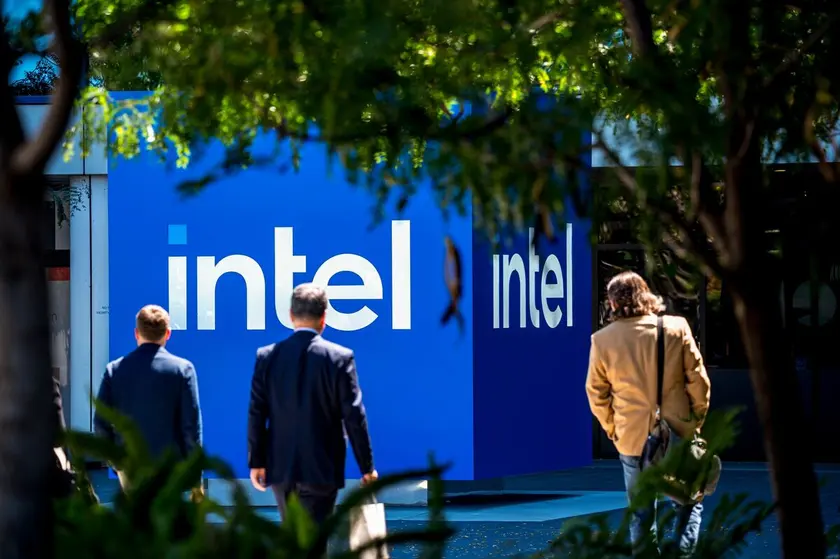
US considers 10 percent stake in Intel
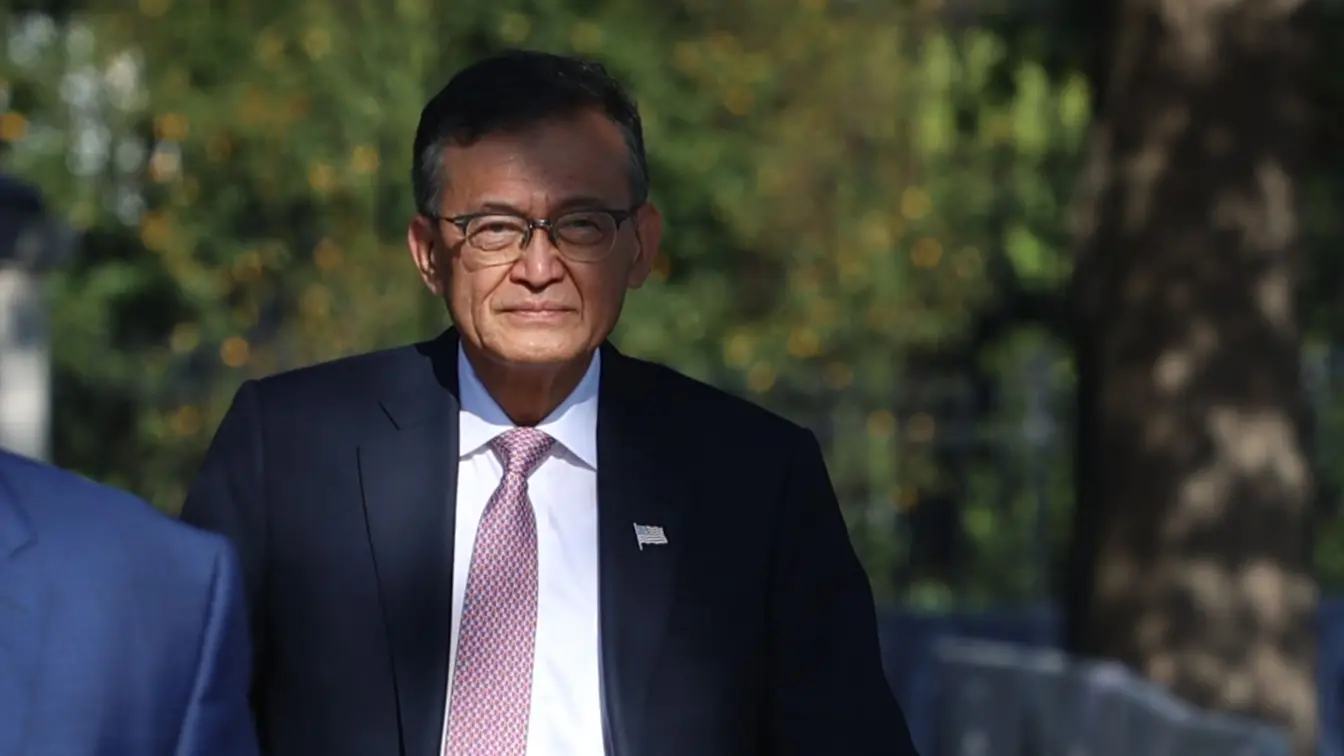
US weighs stake in Intel

Markets Waver as Nvidia Eyes China Chip Push
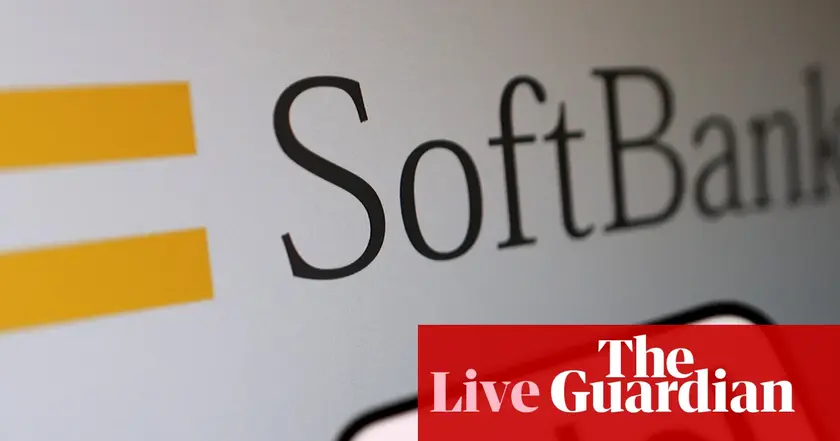
SoftBank invests in Intel for 2 percent stake
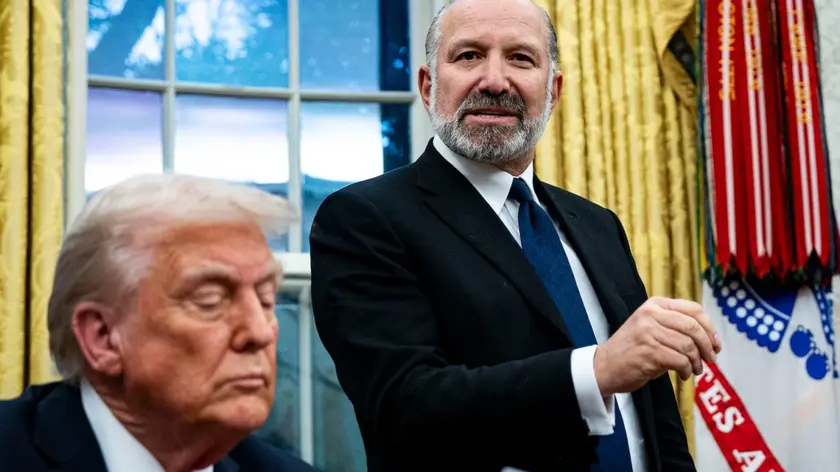
CHIPS Act equity stake under fire

US weighs government stakes in CHIPS Act recipients
